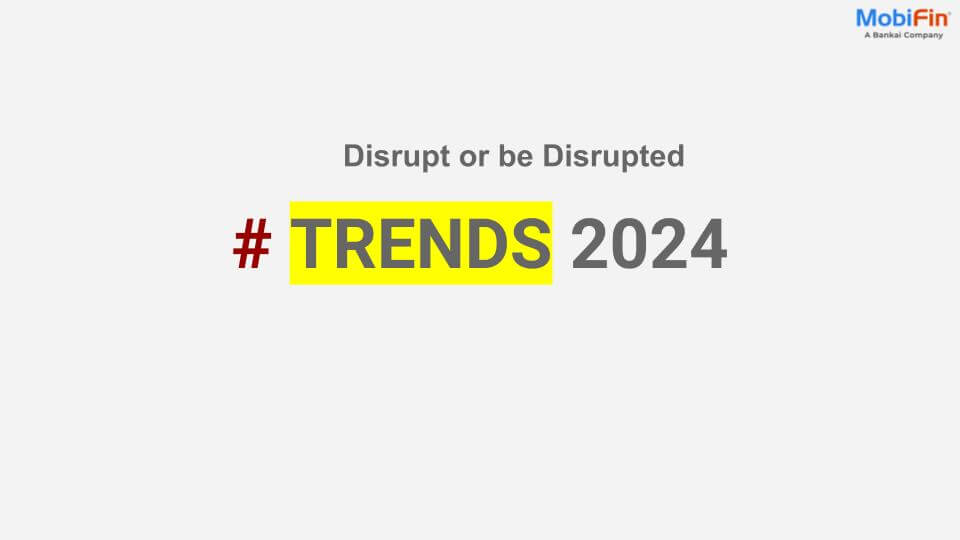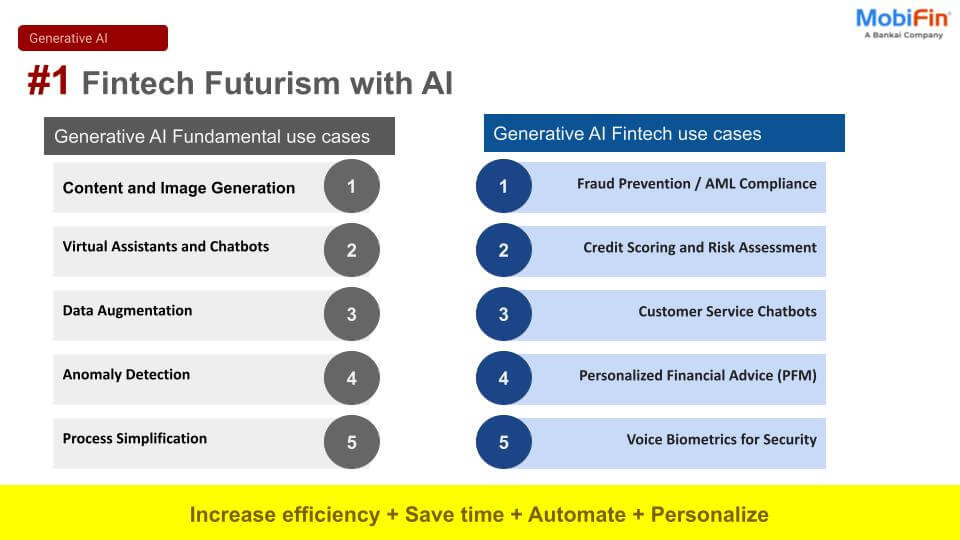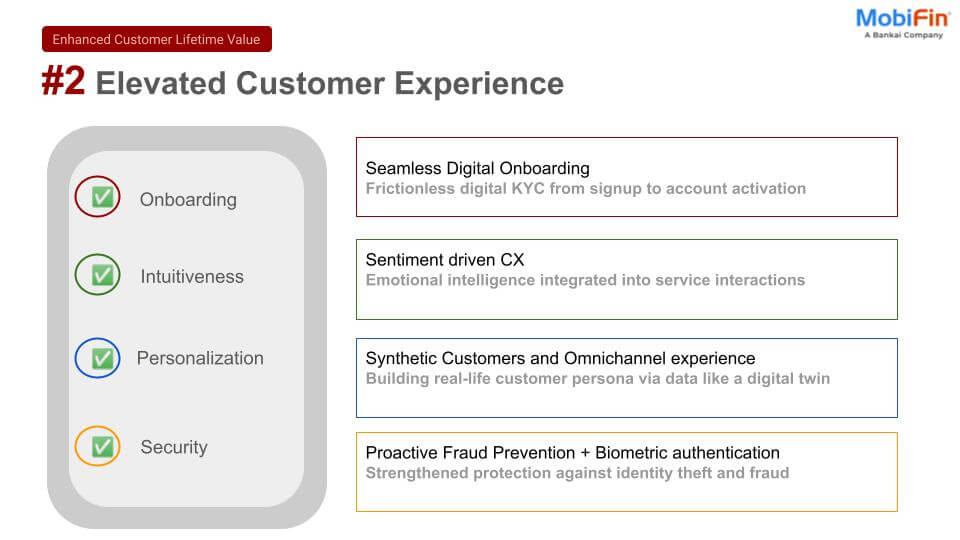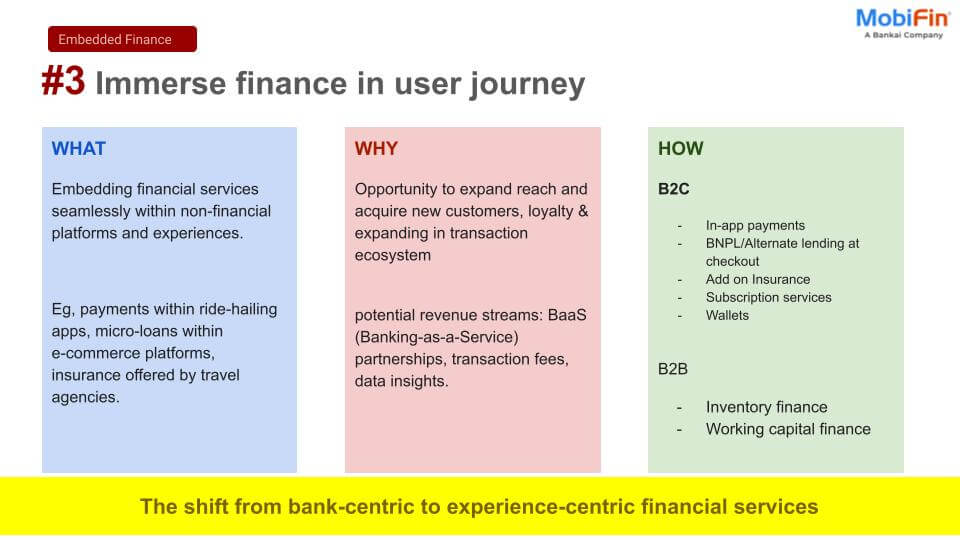That’s where personal finance management (PFM) stepped in to fill the gap—to inform users in which categories they spent more, like grocery, online shopping, travel, etc. When fintech providers first introduced PFM, it was mainly seen as a solution to track spending patterns on digital platforms.
Over time, PFM transformed user engagement on the platform more than any other offering. Customers have become deeply loyal, and unwilling to switch to other payment platforms because they do not want to lose track of their financial management. This shift has sparked a revolution that continues to evolve with personal finance management PFM 2.0. It turns everyday transactions into opportunities for smarter, healthier money habits.
PFM 2.0: redefining financial wellness
Personal finance management (PFM) 2.0 revolutionizes the way individuals approach their finances, moving far beyond simply tracking spending patterns or monitoring financial habits. It places a strong emphasis on genuine financial wellness. This is achieved by fostering a deeper, more intuitive connection between customers and their digital platforms through intelligent, AI-driven interactions.
Cognitive AI understands how users prefer to spend their money and crafts personalized strategies aligned with their financial lifestyle and the financial wellness they want to achieve. AI provides personal finance tips, assists in comprehensive financial planning, and guides informed decision-making. By delivering timely, proactive alerts, AI makes financial management smarter, sharper, and more impactful than ever before.
Leveraging users’ internal transaction insights and external data, AI helps customers manage their finances in a way that aligns with their goals. AI-driven personalization boosts customer retention by offering tailored financial guidance, making digital platforms trusted partners that customers never want to let go of. For digital wallets, neo-banks, and payment platforms, PFM 2.0 is more than a feel-good feature: it’s a loyalty magnet. It also opens cross-sell opportunities for savings, insurance, or wealth products to drive up lifetime value.
Let’s explore key use cases of personal finance management (PFM) 2.0 where AI enhances financial wellness.
AI at customer touchpoints: chatbot, voice bot, and push notifications
Imagine a personal AI assistant that customers can name and interact with, like “Hey, Fin my friend!”—always ready to guide them on their financial journey. Whether through a chatbot, voice bot, or smart push notifications, customers receive seamless, real-time assistance tailored just for them.
User-friendly chats or voice interactions offer real-time guidance, making financial decisions easier and more intuitive. This builds an interactive relationship that fosters confidence and empowerment in managing finances. These AI assistants provide personalized support, sending timely reminders or alerts that help users stay on track with their financial goals.
AI-assisted budget management
Traditional budgeting tools often feel overwhelming and lack the structured, intuitive features people need. Advanced AI changes that by analyzing past transactions and identifies expense categories like grocery, online shopping, travel, etc. AI creates clear expense charts for each category and assists users in forecasting the best budgets on a weekly, monthly, and quarterly basis.
When users spend more than planned or encounter unusual expenses, AI sends timely alerts and practical suggestions. This proactive support empowers people to course-correct before financial stress builds up. With clear visuals and up-to-date insights, AI makes personal budget management a more achievable task.
Awareness of financial savings and suggestions
Saving money takes both discipline and a clear sense of direction. AI provides awareness by presenting financial savings trends and relevant insights that match user’s unique spending habits. It then recommends suitable savings products based on the user’s financial goals and the platform’s available offerings.
For example, goal-based savings (GBS) lets customers set up dedicated accounts for specific goals, like a vacation or emergency fund. Group savings options promote collective saving efforts among friends or family members, providing mutual financial support and motivation. AI suggests suitable savings strategies and schedules automatic transfers.
AI also suggests interest-earning products like fixed or recurring deposits, the best insurance schemes, or mutual funds/investments aligned with individual goals. These suggestions always match individual financial aspirations, providing relevant, supportive guidance without overwhelming users with too many choices.
Carbon footprint calculation on financial lifestyle
Today, people are more conscious of their environmental impact and are making sustainable choices for the well-being of future generations. Financial transactions reflect not only spending habits but also their carbon footprint. AI brings this to light by calculating each individual’s carbon emission based on account transactions, providing transparency about the hidden cost of consumption.
Banks and financial service providers offer this technology to help customers better understand their environmental impact whenever they need it. AI analyzes spending categories using public emissions data and customer feedback loops to refine its calculations over time.
It even asks for additional details such as flight durations, diet preferences, and fuel usage to deliver more accurate assessments. CO2e comparisons then show each person’s carbon impact against historical behavior and regional standards.
Moreover, an end-to-end personal financial management (PFM) solution with AI can even forecast budgets that help users lower their carbon footprint. AI suggests better sustainable investment options like ESG schemes, linking financial decisions to environmental responsibility. This empowers digital platforms to drive meaningful, widespread change while aligning personal financial management with individual ethical values. Ultimately, it builds a trusted platform that fosters lasting customer loyalty.
Smarter money moves: AI-driven transaction reminders and schedules
Many users miss payment deadlines, leading to financial stress and penalties. AI-powered reminders not only alert users about upcoming bills but also identify applicable coupons, cashback offers, or reward points they can use during payment. Personalized timings boost responsiveness based on individual habits.
Before a scheduled payment, AI monitors income and expense patterns to detect potential low balances and warns users in advance. If a payment is still missed, it immediately notifies the user and encourages smarter use of automated scheduling. For variable subscription charges, users can set a maximum payable amount, with AI sending an alert if the bill exceeds the limit.
This gives users greater control and peace of mind by preventing unexpected deductions or fines. It also maximizes savings through timely use of offers and reduces the risk of missed or failed payments. With AI handling alerts, scheduling, and value optimization, users automate personal financial experience and more confident money management.
Conclusion
Managing money today is about more than tracking expenses or paying bills. It’s about timely support, smarter decisions, and financial habits that actually stick. AI-powered budgeting, savings suggestions, carbon impact tracking, and proactive reminders aren’t just nice-to-have: they’re essential daily companions for financial wellness.
This modern solution elevates digital banking and wallet apps into full-fledged personal finance management platforms, not just basic digital tools. Platforms that integrate these touchpoints are no longer just companies; they become trusted companions in a user’s financial journey. With PFM 2.0, every interaction becomes smarter, more personalized, and more relevant. It helps earn customers’ trust, loyalty, and engagement for the long term. And that’s the value PFM 2.0 brings to the table.














